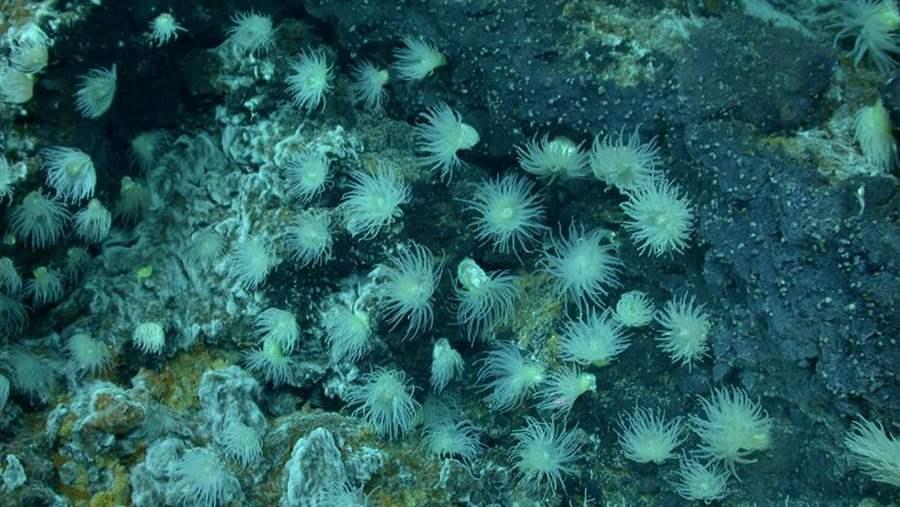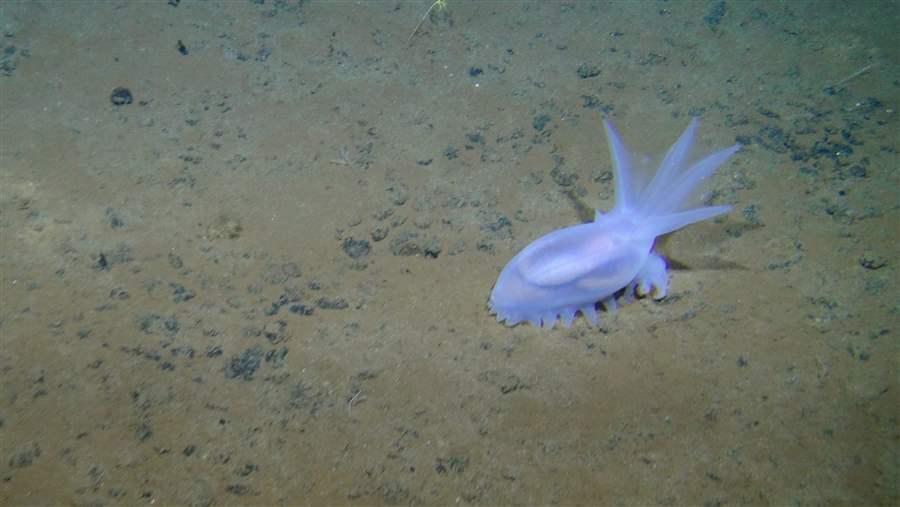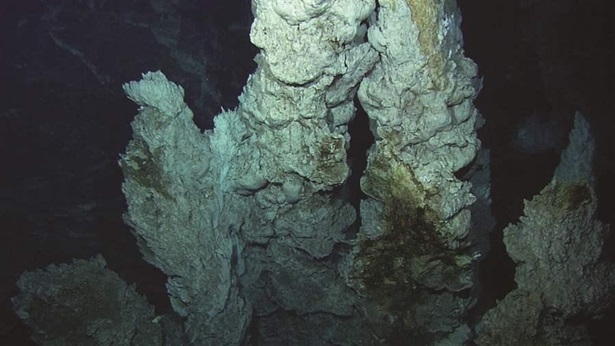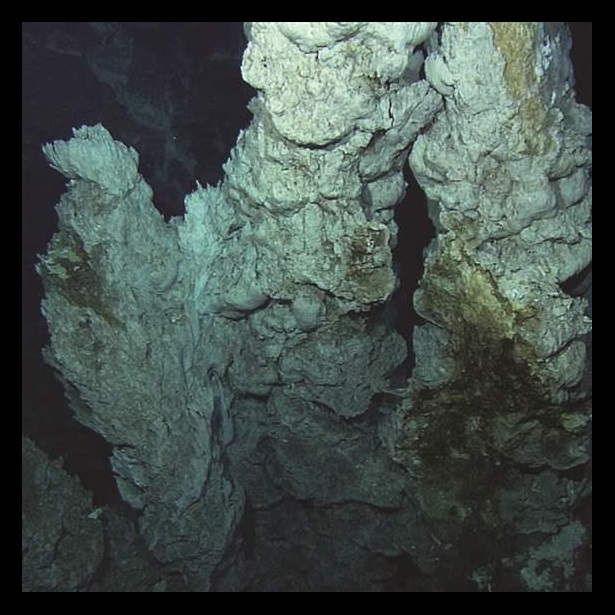Seabed Mining Rules Should Include Strong Ocean Protections
Governing body meets to advance policies for international waters

Hydrothermal vent fields, found in the deep sea, are home to rich communities of shrimp, snails, and other species that may be affected by seabed mining.
C.L. Van Dover/co-PIThe minerals that power modern society—copper, cobalt, nickel, manganese, gold, and rare earth elements, among others—have been discovered across vast tracts of the ocean floor. Governments and for-profit companies are eager to exploit these resources, which are used in the manufacture of cars, mobile phones, computers, and wind turbines, as well as bridges and buildings.
Gaining access to these minerals is difficult. For one, most of the deposits are found miles below the ocean’s surface. Also, many of the richest reserves lie outside the sovereign waters of any country—beneath the two-thirds of the global ocean known as the high seas, or areas beyond national jurisdiction—where mining rights and rules have not yet been established.
But that will soon change: The International Seabed Authority (ISA), an intergovernmental body established under the United Nations Law of the Sea treaty, is charged with regulating seabed mining on the high seas and protecting the environment from its harmful effects, which are likely to include the physical destruction of mined areas such as abyssal plains, hydrothermal vents, and the tops of deep seamounts, and the creation of sediment plumes that will drift unknown distances and affect filter feeders and other seafloor creatures.
The ISA Council, which meets March 5-9 in Kingston, Jamaica, to discuss draft regulations, has a unique opportunity. For perhaps the first time in history, a governing body and its member governments have the chance to establish rules for an extractive industry before it begins. By drafting a mining code that keeps large, ecologically important areas of the deep sea off-limits to mineral extraction and imposes strict environmental standards in areas where mining does occur, the ISA can protect key ecosystems and minimize the environmental damage associated with mining.
The code should also explicitly spell out how mining contractors will compensate the ISA and member governments—a vital provision because the Law of the Sea treaty considers the mineral resources in the high seas to be "the common heritage of mankind" and stipulates that they be managed "for the benefit of mankind as a whole.”
Pressure is building to write these rules quickly. The ISA has already approved 28 exploration contracts in the Pacific, Atlantic, and Indian oceans. Several of these contracts expire in 2020 and the contractors are keen to start mining, but the ISA won’t grant any mining contracts until the rules are approved.
This is why the March meeting is so important. It is the ISA Council’s first opportunity to fully discuss the draft rules, which were issued for consultation in August 2017. The Pew Charitable Trusts will participate in the meeting to encourage ISA members to include strong environmental safeguards in the mining code and develop regional environmental management plans (REMPs) that protect ocean biodiversity.

This sea cucumber is one of the many species that may be affected by mining in the Clarion Clipperton Zone of the eastern Pacific Ocean.
Diva AmonThese REMPs will be the vehicle for science-based management of the ocean floor and should establish regional environmental management goals and no-mining areas. Scientists have called for 30 to 50 percent of the seabed to be set aside from mining to protect ocean biodiversity by safeguarding critical ecosystems rich in unique deep-sea flora and fauna from mining plumes and seafloor damage.
There are some encouraging signs for the approval of environmentally sound REMPs. Specifically, the Netherlands has stated that no mining should occur without a regional plan, and at least seven other ISA member States and one regional group have called for incorporating REMPs into the mining code.
Pew encourages member States to use the Kingston meeting to affirm their commitment to a balanced mining code that includes strong, enforceable environmental standards; REMPs; and a sound financial regime. We also encourage ISA members to work together to develop rules that reduce the environmental impact of seabed mining and protect ocean ecosystems so these common resources are indeed managed to benefit all mankind.
Winnie Roberts is an officer on Pew’s seabed mining project.


America’s Overdose Crisis
Sign up for our five-email course explaining the overdose crisis in America, the state of treatment access, and ways to improve care
Sign up

The Mid-Atlantic Ridge
Underwater mountains and hydrothermal vent zones are home to distinctive species and valuable minerals










